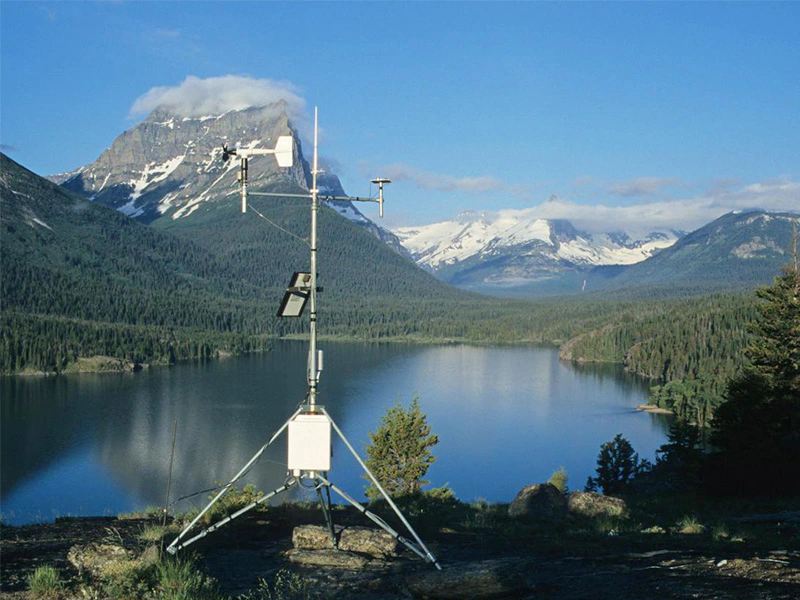
# Meteorological Station Data Analysis and Weather Forecasting
## Introduction to Meteorological Stations
Meteorological stations play a crucial role in gathering weather data that helps scientists understand climate patterns and predict future weather conditions. These stations are equipped with various instruments to measure atmospheric parameters such as temperature, humidity, wind speed and direction, precipitation, and atmospheric pressure.
## Key Instruments in a Meteorological Station
A standard meteorological station typically includes:
– Thermometers for temperature measurement
– Hygrometers for humidity levels
– Anemometers for wind speed
– Wind vanes for wind direction
– Barometers for atmospheric pressure
– Rain gauges for precipitation measurement
– Pyranometers for solar radiation
## Data Collection and Analysis
Modern meteorological stations often transmit data automatically to central databases where meteorologists can analyze the information. The data collection process involves:
1. Continuous monitoring of atmospheric conditions
2. Recording measurements at regular intervals
3. Quality control checks to ensure data accuracy
4. Storage in standardized formats for analysis
## Weather Forecasting Techniques
Using data from meteorological stations, forecasters employ various techniques to predict weather:
### Numerical Weather Prediction (NWP)
This computer-based method uses mathematical models of the atmosphere to predict the weather based on current weather conditions.
### Statistical Methods
These techniques use historical weather data to identify patterns and make predictions based on probability.
### Ensemble Forecasting
This approach runs multiple forecasts with slightly different initial conditions to account for uncertainty in measurements.
## Challenges in Weather Forecasting
Despite technological advancements, weather forecasting still faces several challenges:
– Limited data from remote areas
– Rapidly changing atmospheric conditions
– Complex interactions between different weather systems
– Computational limitations for high-resolution models
## The Future of Meteorological Stations
Emerging technologies are transforming meteorological stations:
– Automated weather stations with remote sensing capabilities
– Integration of satellite data with ground measurements
– Use of artificial intelligence for pattern recognition
– Development of more sophisticated sensors
– Expansion of citizen science weather networks
## Conclusion
Meteorological stations form the backbone of weather observation and forecasting systems. As technology advances, these stations will continue to provide more accurate and timely data, leading to better weather predictions that benefit agriculture, transportation, disaster preparedness, and many other sectors. The ongoing improvement of meteorological station networks worldwide ensures we’ll have increasingly reliable weather information to guide our daily lives and long-term planning.
Keyword: meteorological station
